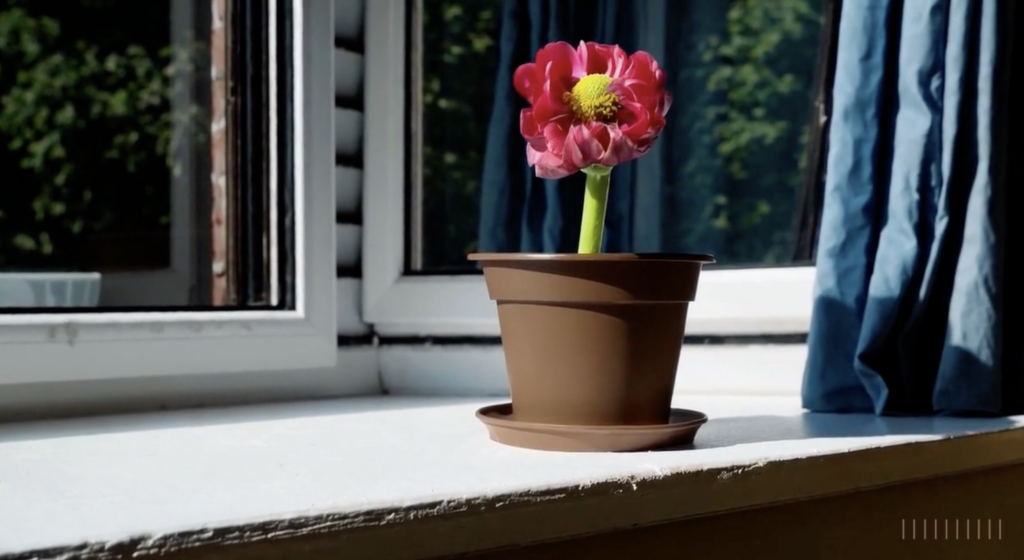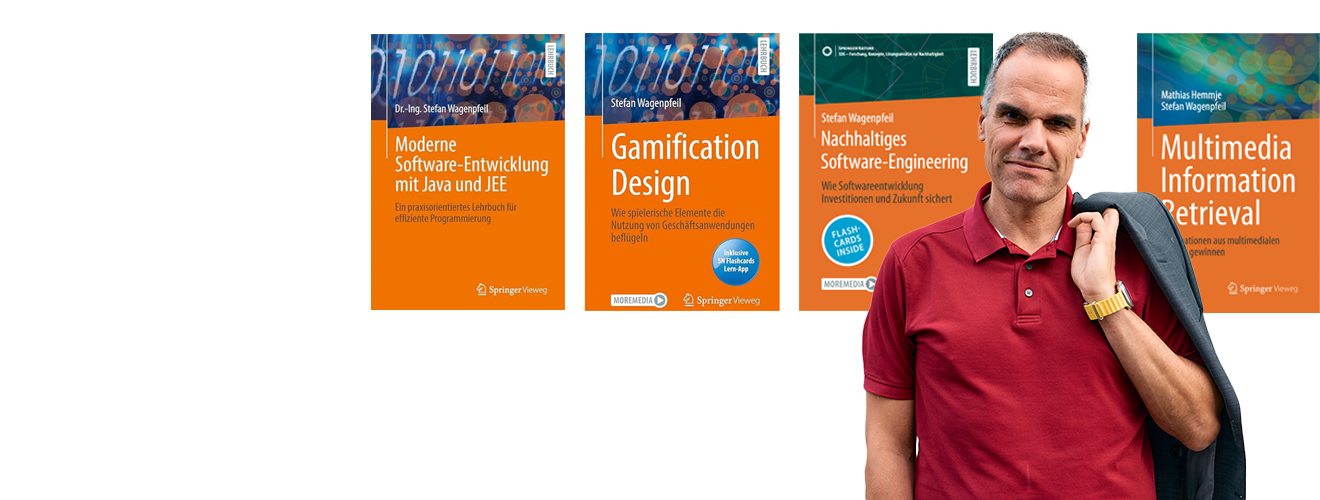Since two years, Generative AI is transforming the information world. We can use Chat GPT to create text, Midjourney to generate images, recently Sora to imagine videos, and numerous other tools in any area of Multimedia.
Until GenAI came up, one of our major goals in Multimedia was Information Retrieval, i.e., the analysis of objects in Multimedia Assets, their representation and storing them in effective and efficient ways. All of that based on real-world scenes. We had to deal with photos, videos, textual descriptions, that have their origin in things that happened in the real world. Simply, because anything else was not possible (putting aside Photoshop and Hollywood movies). We came to the conclusion that Multimedia represents our real world.
In addition, there were virtual worlds (Fortnite, Minecraft, Roblox, the Metaverse, and many many more). Here, it was clear, that these worlds have been made by developers, UI/UI-artists, designers, and that anything we see there, is a virtual reality, i.e. it is not real.
And then came GenAI…
GenAI produces Multimedia Assets that look “real”. However, they aren’t. They are calculated and generated by enormously powerful AI systems. They are completely virtual! Any picture created by Midjourney is virtual. Any Video by Sora is virtual, any text generated with ChatGPT is virtual. None of this is “real”, they are just based on real-world training data and coincidentally look like something similar could also have happened in the real world.
The current GenAI systems are trained with real-world data (because no generated data existed in the first place). This means, the generated output is pretty close to the training data. However, when more and more virtual-world (i.e., generated) Multimedia Assets are produced and also used for the training of GenAI, the output can be arbitrary far away from “real”.
We are stunned by GenAI videos because they seem to be real. However, they are fake by nature and can show anything a user is able to describe somehow in a prompt. This is similar to the design of virtual assets in prototyping, marketing, simulation, and Virtual Reality, but much easier and faster.
As VR also is built based on Multimedia Assets, any VR element can also be created by GenAI, whole new virtual worlds can be built by prompts only. Prompters can now create their own superhero avatar performing things in their own 3D virtual world. There will be an enormous amount of Multimedia assets, that show virtual scenes, none of which ever happened in the real-world. And this is what we typically call Virtual Reality.
Any GenAI content is virtual reality.
You can check out videos at Sora https://openai.com/sora and consider that any of these videos never happened in the real world.

he Sora GenAI-video above shows a beautiful flower – which never existed or exists in the real world. It’s just an imagination of something, that could be similar to what we call a flower in our real world. Such a video must never be used in Education, because it would teach the students a false truth. Nobody would teach real physics in a Roblox world, where “people” can jump 300 meters high. Nobody would teach geography or history based on “Game of Thrones”. Because everyone knows, these are just virtual worlds, movies, imagined stories, etc.. Until now, we had a clear understanding of what is real-world, and what is virtual-world, because we were simply not able to generate and visualize other realities.
With GenAI, this is now possible, as simple as doing a Google Search. But the query “show me a video of an opening flower” does something completely different now: while Google will find real-world-videos to show how a flower opens, GenAI will calculate a virtual flower and visualize how this virtual flower could open in a virtual world. If this video is then uploaded to the internet – how should another user be able to distinguish?

There has been said a lot about regulation, watermarks for GenAI-content, and so on. All this is true and mandatory. But we have to accept, that until then, we arrived at a point, where GenAI can build any virtual reality we want.
From a science and research perspective, we can now merge any concept known from real-world Multimedia Information Retrieval into the virtual world and vice versa. There is no longer a differentiation between real and virtual. GenAI somehow closed this gap. We need to redefine our understanding of virtual worlds, because now anyone can build them using GenAI and GenAI is VR.
Therefore, we should no longer differentiate between GenAI and VR!



